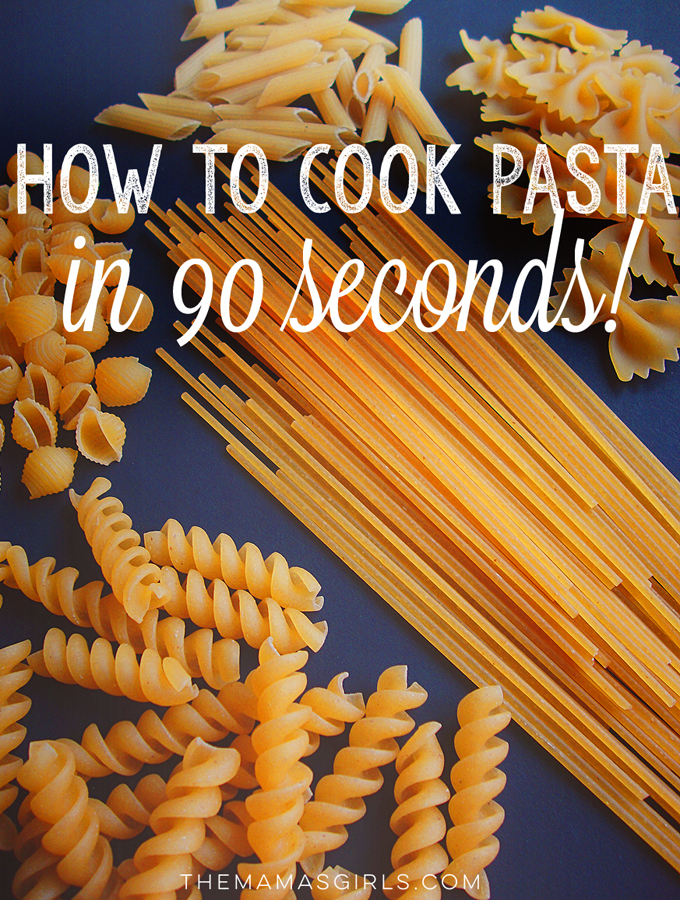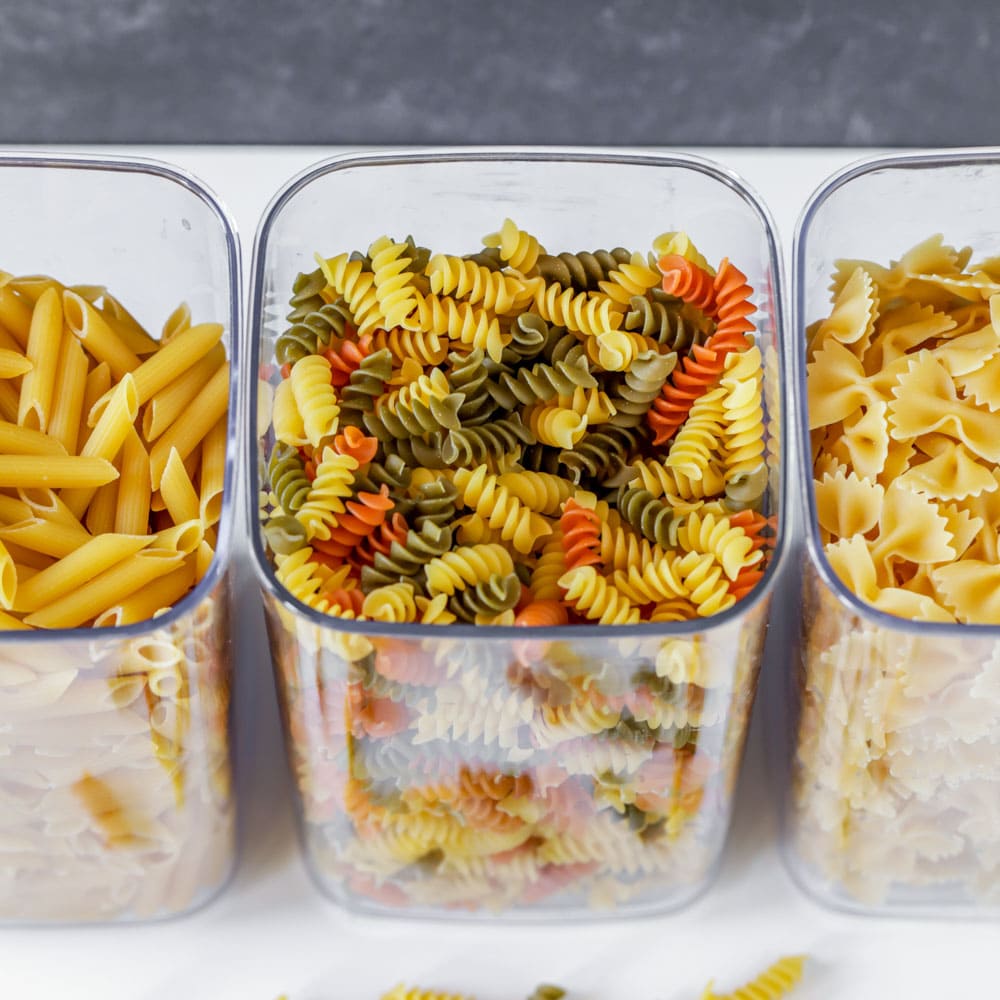The Ultimate Guide to Cooking Pasta Quickly and Deliciously
Fast-Cooking Pasta Options
Angel hair pasta is renowned as the fastest-cooking pasta variety. Due to its ultra-thin strands, angel hair needs only 3-4 minutes of boiling to become al dente. Slightly thicker than angel hair is vermicelli, which requires around 6-7 minutes to cook. Mezze penne, rotini, and macaroni—smaller bite-sized pasta shapes—typically take 8-10 minutes. fresh dried pasta cooking time comparison. Unlike dried pasta, fresh pasta contains higher moisture so it cooks incredibly fast, in just 2-3 minutes.

Factors That Impact Cooking Time
While these are general timeframes, the actual cooking time varies depending on brand, water temperature, and desired doneness. Salting the boiling water raises its boiling point and speeds up the cooking slightly. Soaking dried pasta for 30-60 minutes before boiling can shorten the time by a few minutes. The “pasta pot method” of bringing just enough water to cover the pasta to a boil, adding the pasta, covering, and removing from heat for 10-12 minutes, also reduces cooking time. Remember not to overcook pasta, as that can ruin texture. Always check doneness by tasting before draining.
Restaurant Pasta Prep and Cooking Methods
Restaurant kitchens adopt various preparation and portioning techniques to facilitate fast yet consistent restaurant pasta cooking strategies. Morning prep crews portion ingredients like sauces and vegetables. Pasta is pre-cooked in bulk and portioned, then stored refrigerated. When an order arrives, proteins and vegetables are cooked while portioned pasta reheats quickly in boiling water. Sauces are heated and ingredients are combined, plated, and served. Timing each component ensures everything comes together perfectly. While efficient, it requires immense coordination to execute multiple orders simultaneously under pressure.
Balancing Efficiency and Perfection
Cooking flawless pasta under demand restaurant kitchen pasta cooking challenges is no easy feat. Pre-prepping as many components as possible in advance streamlines the process. However, variables like new staff, equipment issues, inaccurate prep portions, or inaccurate timing estimates complicate fast, consistent execution. Advanced planning prevents delays, but flexibility handles unpredictable disruptions. Experienced kitchen teams expertly juggle efficiency and customization and know exactly how long each ingredient takes. With practice, home cooks too can learn to cook different types of pasta compared rapidly without compromising quality for speed.
Adjusting Pasta Cooking Instructions
Packaged pasta directions tend towards overcooking, as some consumers complain of underdone pasta. But overcooked pasta is disappointingly mushy. Therefore, when following instructions, reduce the time by 1-2 minutes. Taste-testing around the 3⁄4 mark helps avoid overcooking. Some variables like thickness also require adjustment. Angel hair needs just 3 minutes while tubed pasta may require 12-13 minutes. Communicating exact doneness preferences helps achieve the perfect texture. With practice and tuning package directions to individual needs and equipment, home cooks can master perfectly al dente results.
Cooking Pasta for Large Groups
Entertaining large groups need not mean sacrificing quality for quantity. Various tested strategies let home cooks prepare pasta cooking techniques for parties. Boiling multiple pots’ worth saves time versus a single filled pot. Start the process early enough for gradual, controlled cooking across all batches versus a last-minute rush. Consider no-boil options like baked or fried pasta for some dishes. Prep all ingredients in advance, portioning sauces and mixes for easy serving. Reheated cooked pasta holds its texture better than raw in a warmer. With planning and small-batch progressive cooking, hosts can serve flawless pasta for a crowd.
Conclusion
Mastering fast yet flawless pasta cooking requires understanding different varieties’ traits and how various preparation techniques impact results. Experimenting helps home chefs learn their equipment’s nuances to achieve perfectly al dente pasta doneness tips. While restaurant kitchens face immense demand, home cooks can still apply principles of prioritizing components, accurately timing reheats, taste-testing for doneness, and flexibility. With practice, anyone can serve delicious pasta without compromising quality for speed.
